Charcoal drawing stands out as an artist’s favorite due to its unique blend of depth, shadow, and texture that can be achieved nowhere else. The choice of paper plays a more significant role than one might initially think, acting as the foundation upon which all these elements rest. By selecting the ideal paper, artists can enhance their charcoal artwork, making nuances pop and ensuring their creations endure. Let’s explore how the perfect paper can transform your charcoal drawing experience.
Understanding Paper Texture
The Role of Tooth
Texture, or the ‘tooth’ of the paper, is crucial for charcoal artists. A surface with a pronounced tooth grips charcoal better, facilitating the creation of expressive and dynamic strokes. Heavily textured papers like cold pressed varieties or those designed for pastel work are beneficial for artists seeking to imbue their work with a sense of movement or who prefer a rough, rustic appearance. This texture can make blending more challenging yet rewards the artist with a unique tactile quality in their work.
Smoothness for Detail
For artists whose work leans towards hyper-realism or intricate details, smooth paper offers an unparalleled surface. Hot pressed papers or those specifically marked as smooth provide a flawless canvas for fine lines and subtle shading. The charcoal glides over smooth paper, allowing for precision and the effortless blending of tones, essential for capturing life-like details in portraits or delicate subjects. The smooth texture can also be forgiving for beginners, offering a cleaner slate for practice and experimentation.
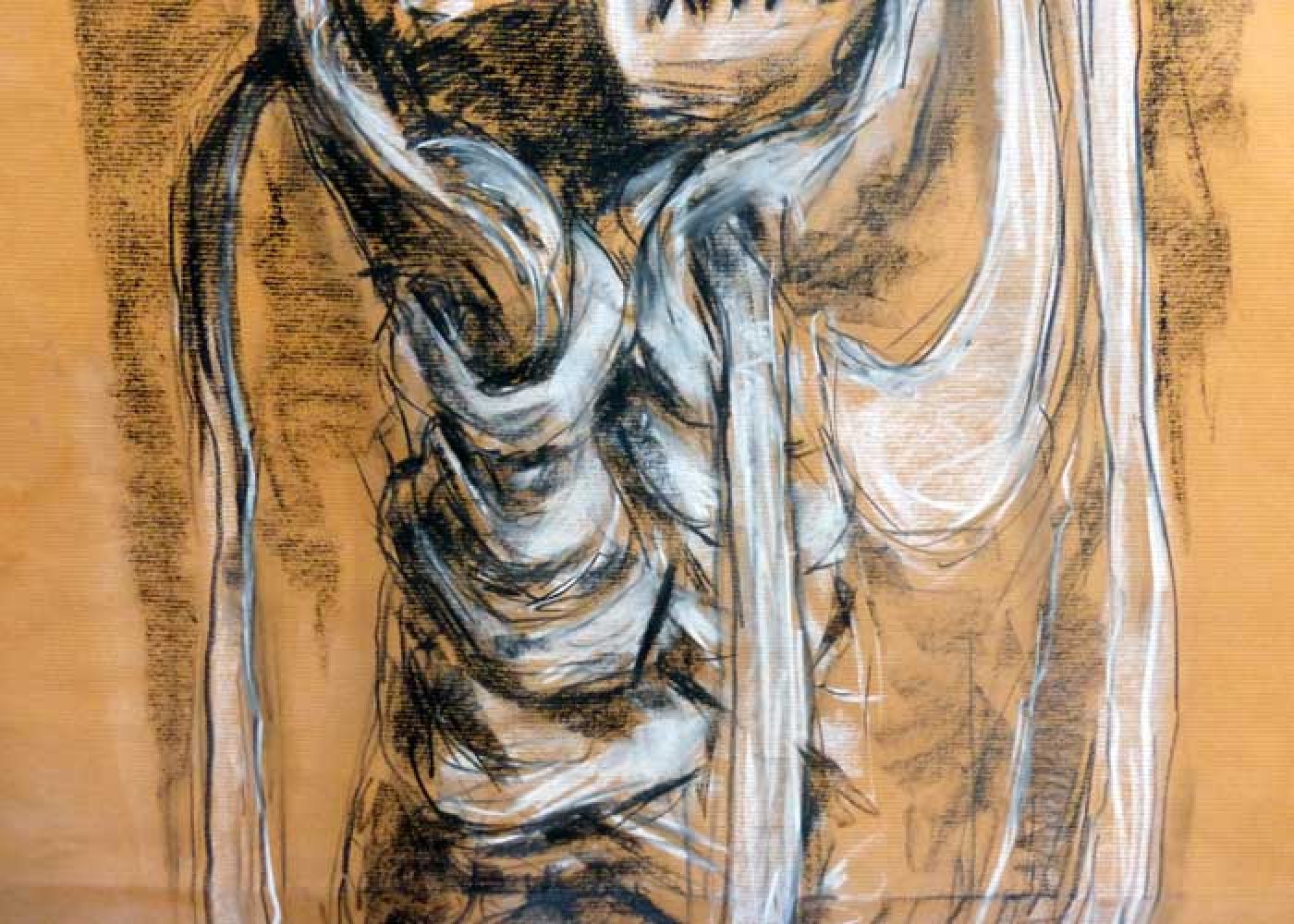
Evaluating Paper Weight
Durability of Heavy Papers
Heavy paper, traditionally above 180 gsm, is a favorite among charcoal artists for its resilience. It can endure repeated erasure, layering, and the vigorous blending often employed in charcoal work without wearing down. This robustness is especially valuable when working on detailed pieces that require multiple corrections and adjustments. Heavyweight paper also has a premium feel, adding a touch of sophistication to the finished artwork and making it more appealing for exhibitions and sales.
Portability of Lighter Papers
Despite the advantages of heavy paper, lighter weights have their place, especially for field sketches or preliminary studies. Weighing less and typically more pliable, lighter paper, around 120 to 160 gsm, is less cumbersome, fitting easily into sketchbooks and portfolios. While they may require a gentler hand to avoid tears, these papers can still support a surprising amount of layering and detail. Artists often use lightweight paper for practice or conceptual sketches before committing to a final piece on heavier stock.
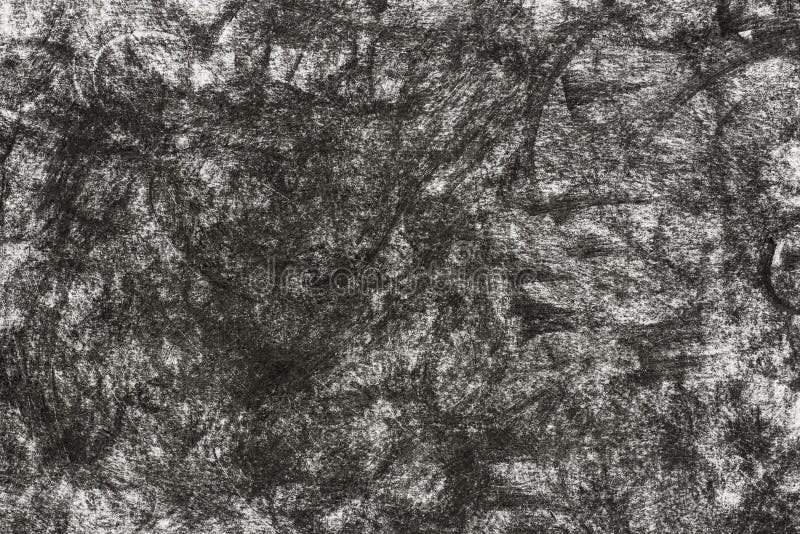
Color and Tone of Paper
Choosing the Right White
A paper’s whiteness can dramatically affect the appearance of charcoal. Ultra-white papers create a stark contrast, making the deep blacks of charcoal stand out vividly, perfect for pieces that aim to capture dramatic lighting or deep shadows. However, some artists may find the brightness too intense, potentially straining the eyes during long drawing sessions.
Experimenting with Color and Tones
Venturing into colored or toned papers can open up new dimensions in charcoal drawing, offering a mid-tone background that enriches the artwork. These papers can add warmth or coolness to a piece, subtly influencing its mood and atmosphere. Toned papers also lessen the harshness of white, allowing for a more nuanced interplay of light and dark. A light tan or gray paper can bring a softness and depth to portraits, making them more lifelike and engaging.
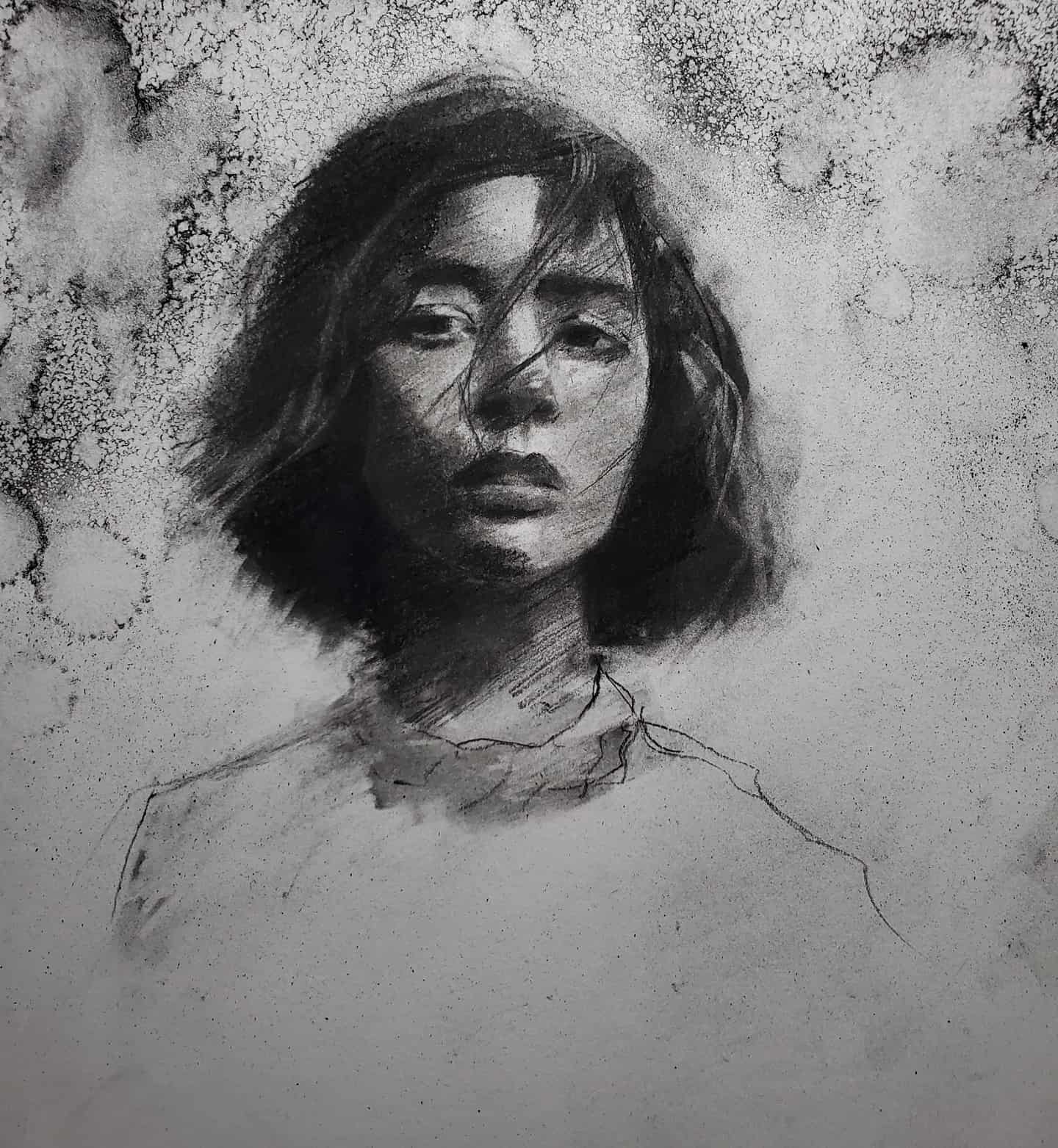
Paper Longevity and Preservation
Archival Quality
Artists seeking to preserve their charcoal masterpieces or sell their work should prioritize archival-quality paper. Made from cotton or high-grade cellulose and devoid of acids and lignins, archival paper ensures that charcoal drawings withstand the test of time, resisting yellowing and degradation. This durability not only protects the artist’s legacy but also assures collectors of the artwork’s longevity.
Protection Techniques
Beyond selecting the right paper, artists should consider protective measures to safeguard their works. Application of a fixative, though controversial among some purists for altering the drawing’s texture, can prevent smudging and fading. Proper framing, using acid-free mats and UV-protective glass, further shields the artwork from environmental damage, ensuring that it remains pristine for future generations to admire.
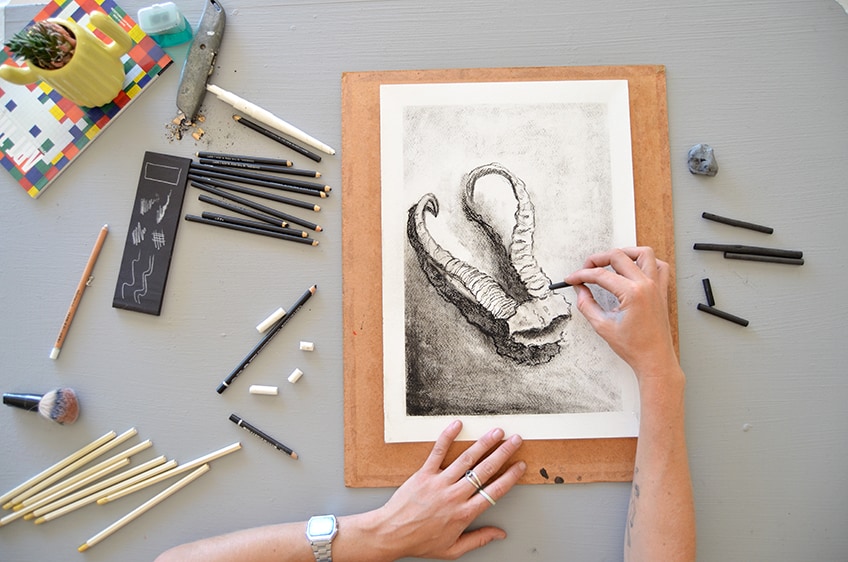
Accessibility and Cost
Finding the Right Supplier
The quest for the perfect paper for charcoal art doesn’t have to be daunting. Local art supply stores, as well as online retailers, offer a broad selection of papers suitable for charcoal drawing. Many shops provide samples or individual sheets, allowing artists to experiment without committing to a full pack. Art communities and forums can also be invaluable resources, offering reviews and recommendations based on firsthand experience.
Investing in High-Quality Paper
While artists, especially those at the beginning of their career, might be tempted to cut costs on paper, the medium is as crucial as the charcoal itself. Premium papers command higher prices for their superior materials and production processes, which contribute significantly to the artwork’s overall effect and durability.
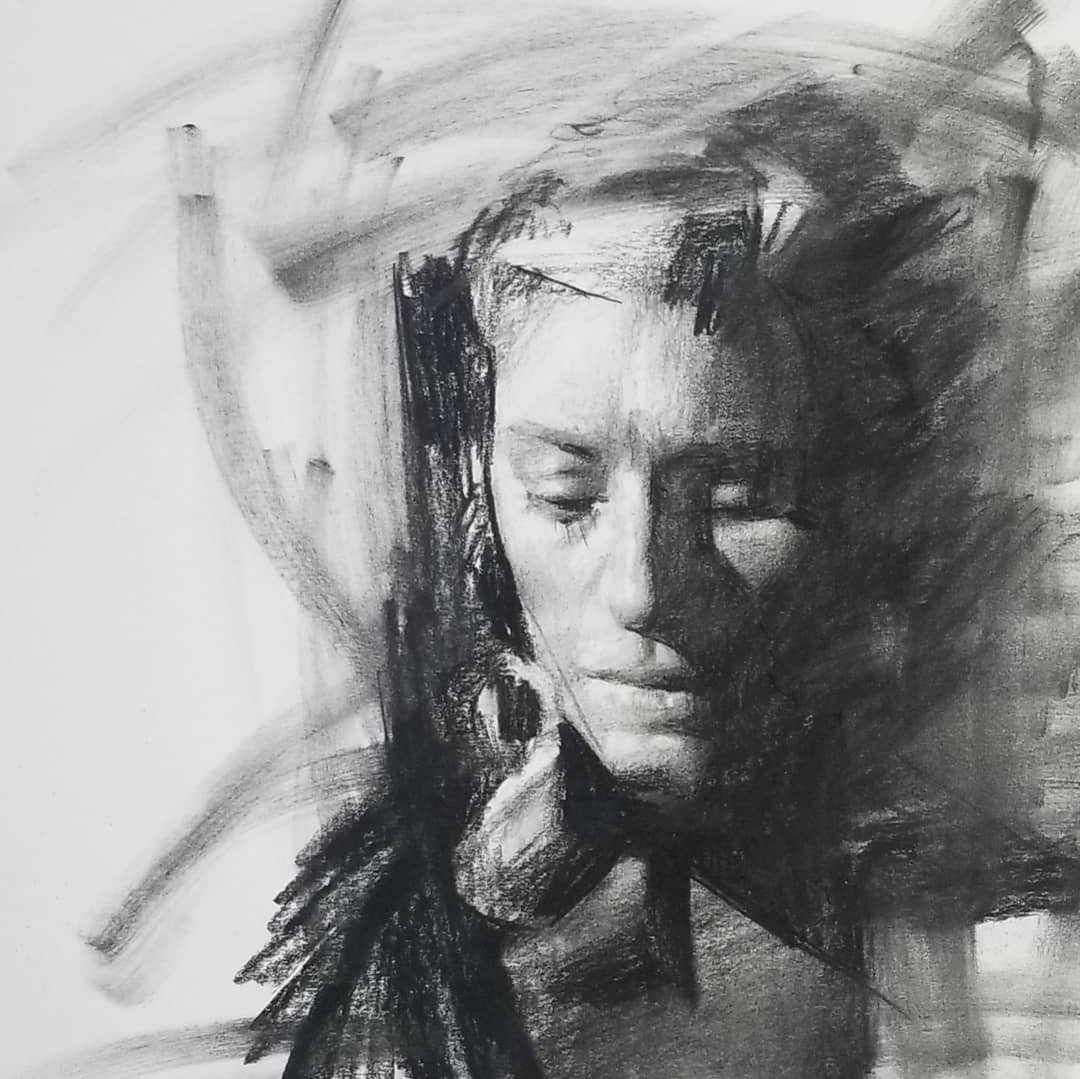
The Impact of Paper Sizing
Resistance to Moisture
Sizing within paper refers to substances added to paper that reduce its absorbency and increase its strength. For charcoal artists who use wet techniques, such as incorporating washes or other liquid media, sizing becomes an important feature. Papers with internal and external sizing can resist warping and buckling, allowing artists to combine charcoal with other mediums for mixed-media artworks.
Consistency in Texture
Sized papers offer a consistent texture that’s less likely to diminish over time. This means the tooth that’s critical for holding charcoal will remain robust through rigorous mark-making and erasing. It ensures that, no matter how much you rework an area, the paper will continue to grab and hold the charcoal as effectively as the first stroke.
Blending and Layering Considerations
Dependence on Paper Finish
The way paper responds to blending tools like stumps, tortillons, or even fingers is largely dependent on its finish. Textured papers tend to produce a more mottled blend, creating a sense of depth, while smooth papers allow for softer transitions. For artists who like building up layers to achieve a range of values, a paper that supports subtle gradation without becoming oversaturated is key.
Effects on Layering Techniques
Layering multiple shades of charcoal can add volume and richness to a drawing. Heavyweight, textured papers can generally hold multiple layers of charcoal, allowing for a complex buildup that brings out the best in the medium. If the paper can support and separate each layer, artists can achieve an almost three-dimensional quality in their work.